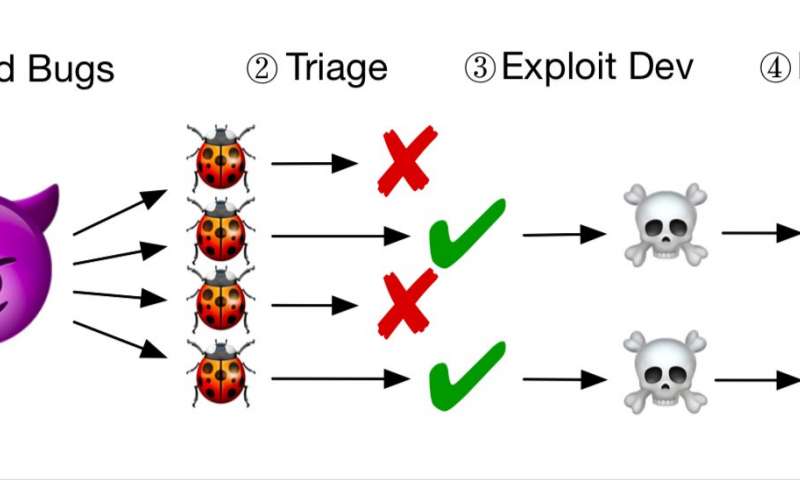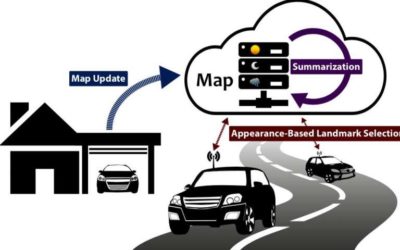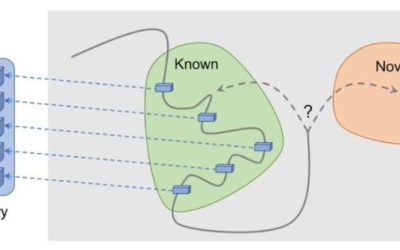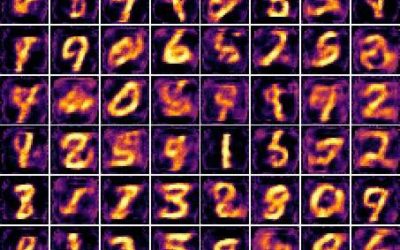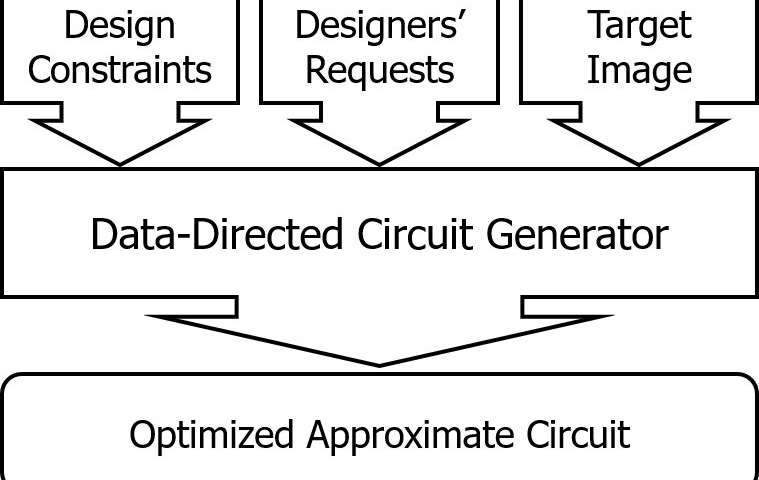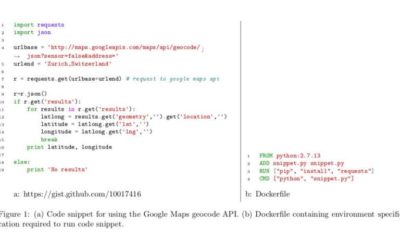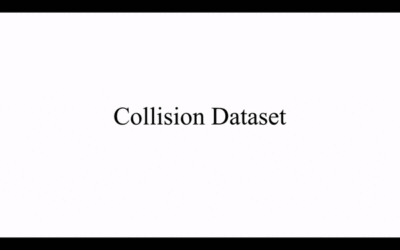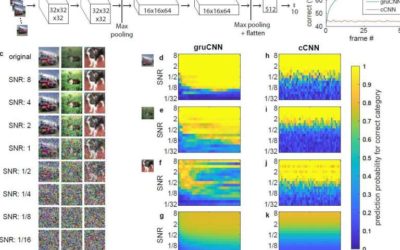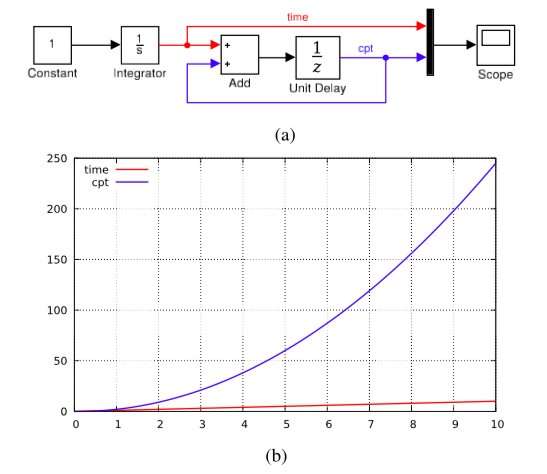Researchers at New York University have recently devised a new cyber defense technique, which works by adding so-called "chaff bugs," non-exploitable bugs, rather than eliminating existing ones. A pre-print version of their inventive study was uploaded to ArXiv last...
Computer Sciences
A new map management process for visual localization in outdoor environments
Researchers at ETH Zürich's Autonomous Systems Lab have recently developed a map management process for visual localization systems, specifically designed for operations in outdoor environments involving several vehicles. Their study, presented at this year's...
A new method to instill curiosity in reinforcement learning agents
Several real-world tasks have sparse rewards and this poses challenges for the development of reinforcement learning (RL) algorithms. A solution to this problem is to allow an agent to autonomously create a reward for itself, making rewards denser and more suitable...
BinaryGAN: a generative adversarial network with binary neurons
Researchers at the Research Center for IT Innovation of Academia Sinica, in Taiwan, have recently developed a novel generative adversarial network (GAN) that has binary neurons at the output layer of the generator. This model, presented in a paper pre-published on...
An evaluation of machine learning to identify bacteraemia in SIRS patients
A team of researchers at the Medical University of Vienna has recently evaluated the effectiveness of machine learning strategies to identify bacteraemia in patients affected by systemic inflammatory response syndrome (SIRS). Their study, published in Scientific...
A new approximate computing approach using CNNs
Researchers at Fukuoka University, in Japan, have recently proposed a design methodology for configurable approximate arithmetic circuits. As part of their study, published on ResearchGate, they applied their method to a prototype system for image processing that...
Researchers compile a new database of executable Python code snippets on GitHub
A team of researchers at North Carolina State University has recently carried out an empirical analysis of the executable status of Python code snippets shared on GitHub. Their study, pre-published on arXiv, also presents Gistable, a new database of executable Python...
An intuitive physics model to predict the effects of a collision
Humans have the innate ability to predict the effect of collisions, merely using their common sense. In many cases, humans can even predict the results of similar collisions in situations in which mass, friction, or other factors vary. Could machines also attain a...
Computer vision in the dark using recurrent CNNs
Over the past few years, classical convolutional neural networks (cCNNs) have led to remarkable advances in computer vision. Many of these algorithms can now categorize objects in good quality images with high accuracy.
A new approach for designing and implementing a hybrid systems language
Hybrid systems are systems that exhibit both continuous and discrete dynamic behavior, allowing more flexibility in modeling dynamic phenomena. Hybrid systems modeling languages are widely used for the development of cyber-physical systems, in which control software...

